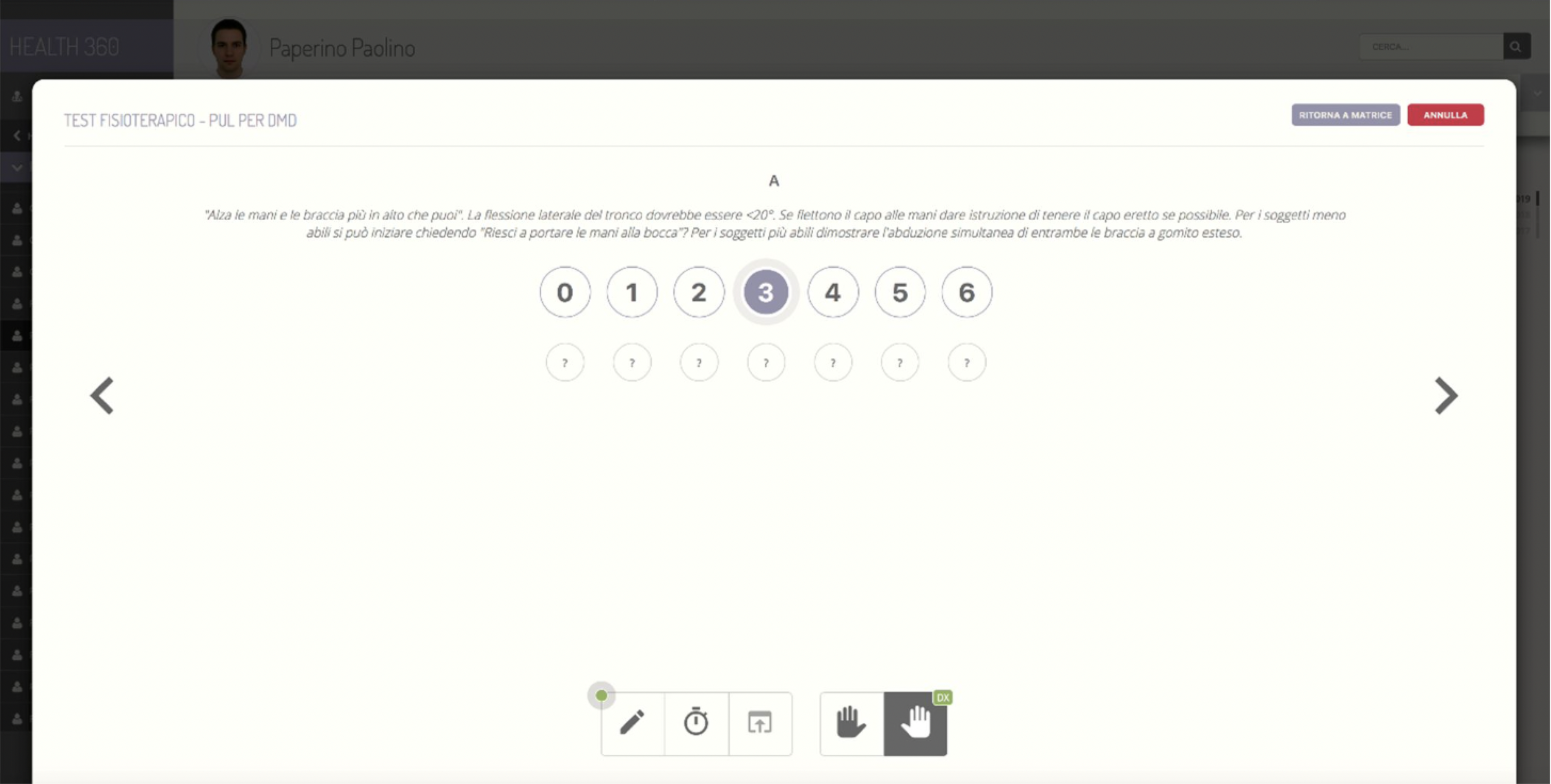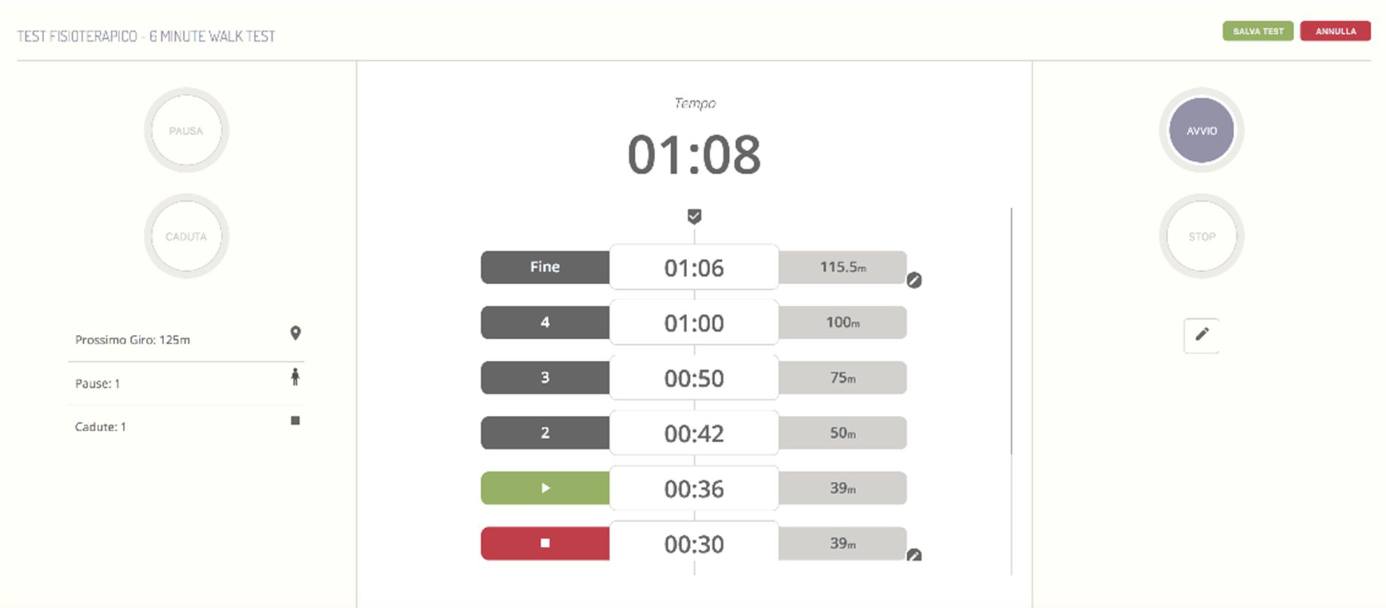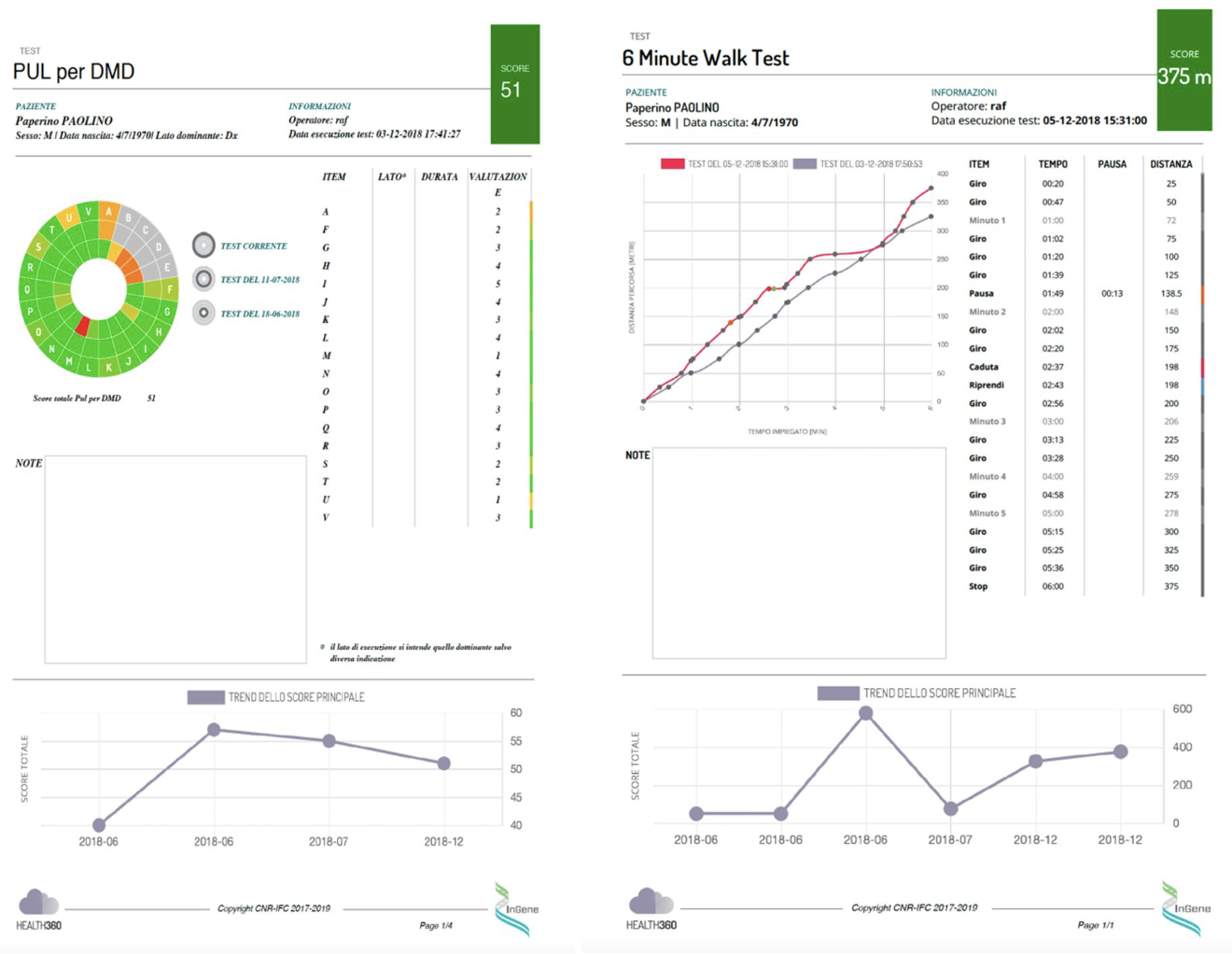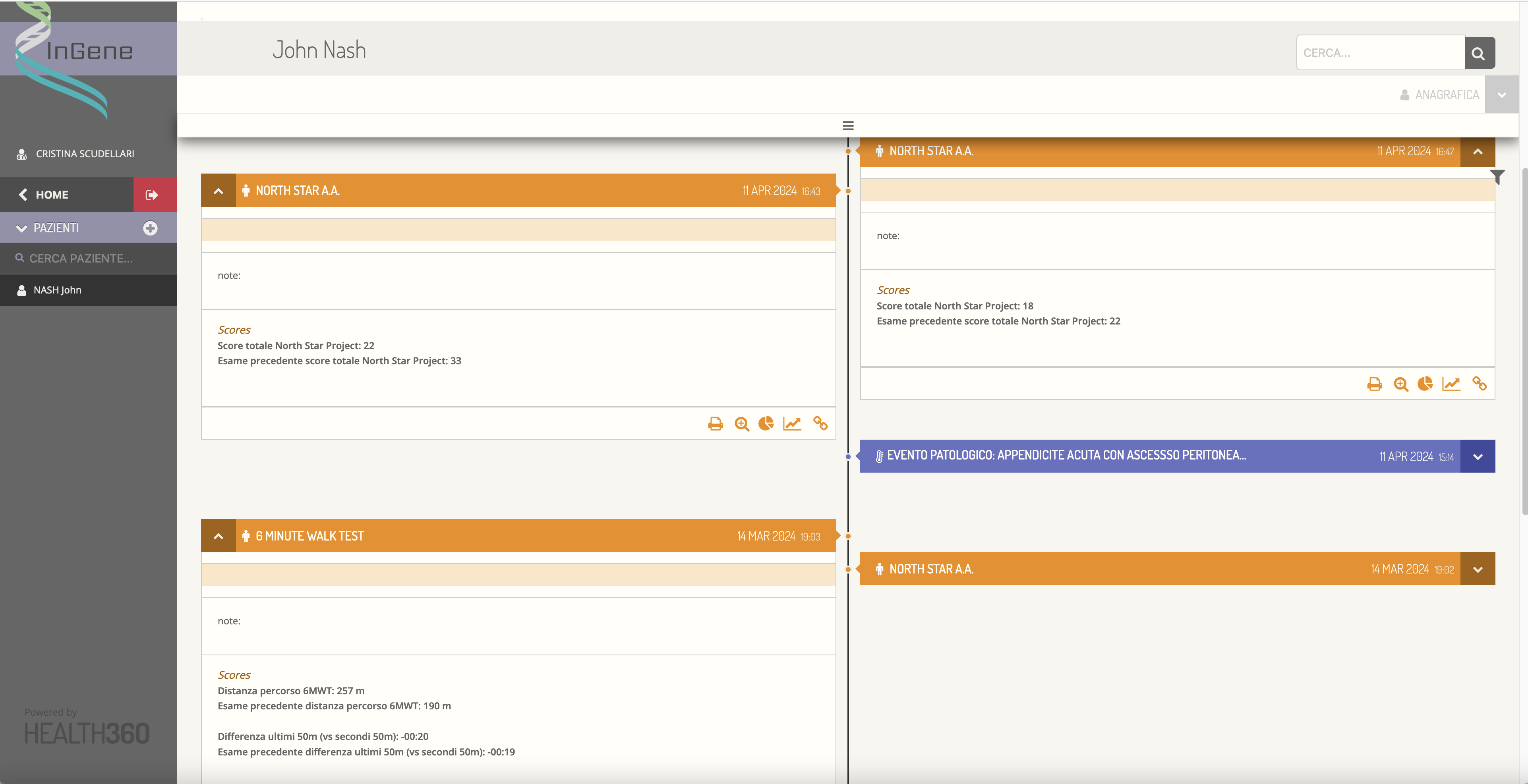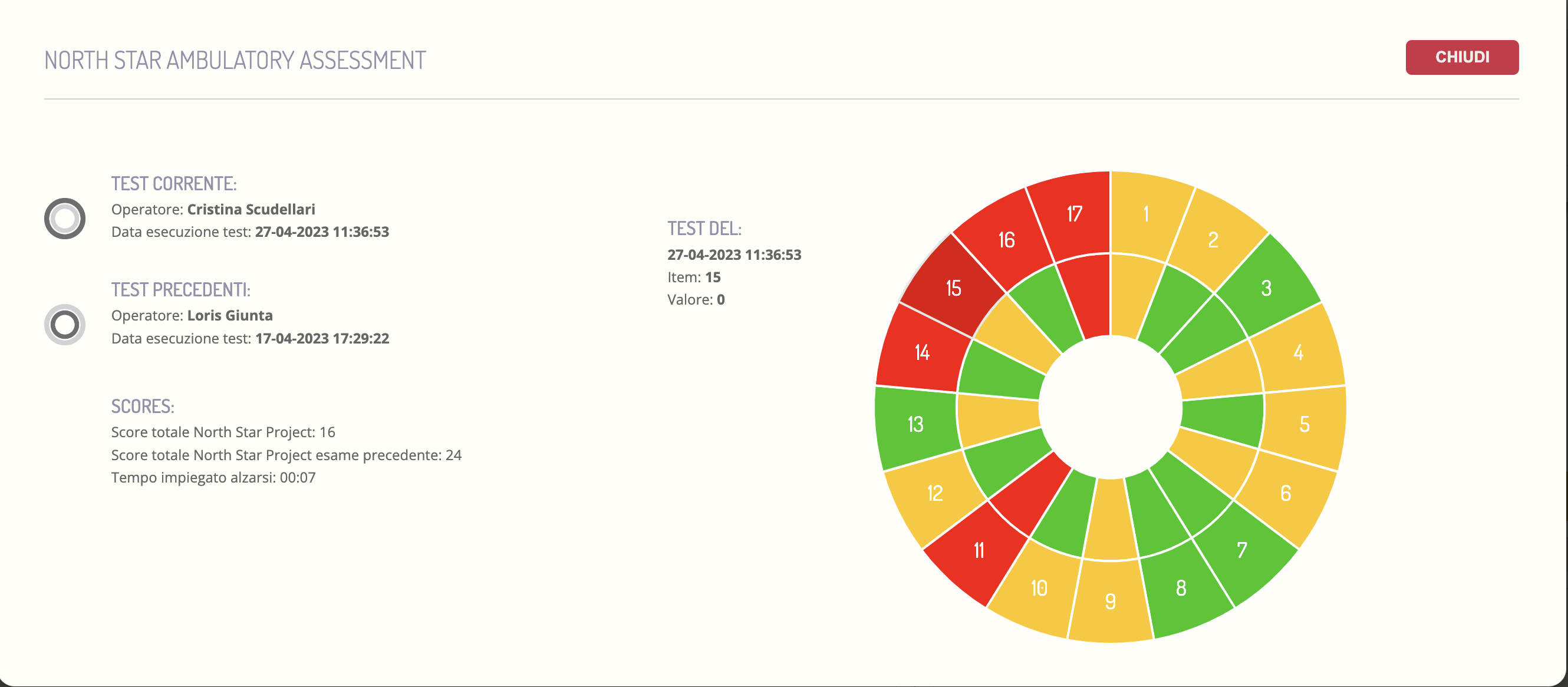Physiotest Module - Clinical Examinations
The PhysioTest module aims to manage the acquisition and archiving of data relating to clinical tests. The module was developed to include the following tests.
- 6 Minute Walk Test (6MWT), or "6-minute walk test", which allows a measurement of a patient's residual functional capacity and is generally recommended for diagnostic purposes.
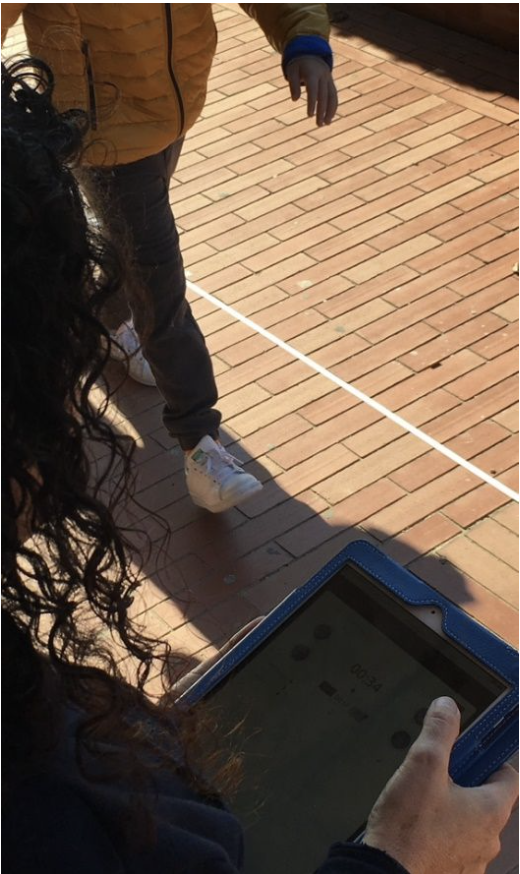
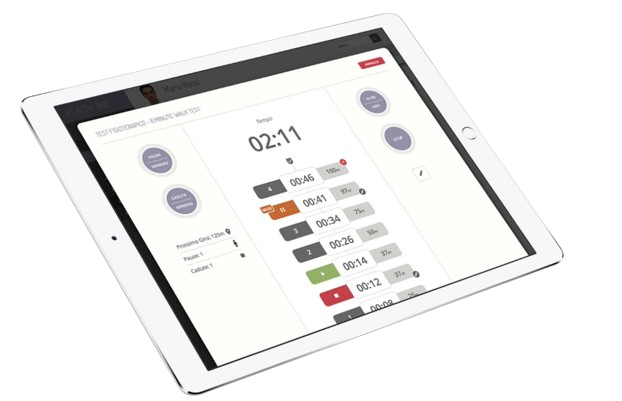
- Performance of Upper Limb for Duchenne Muscular Dystrophy (PUL for DMD), a tool implemented to evaluate upper limb function in ambulatory and non-ambulatory patients with Muscular Dystrophy of Duchenne.
- Motor Function Measure (MFM), a generic scale that evaluates the effect of muscle weakness in neuromuscular pathologies. The assessments are made based on the posture and movements of the entire body and can also be used to evaluate the effects of ongoing therapies.
- Children's Hospital of Philadelphia Infant Test (CHOP), is a test for newborns on neuromuscular disorders at the Children's Hospital of Philadelphia. provides information about how strong a child's muscles are and how well the child can control them. The result measures the motor milestones.
- FSHD Evaluation Scale (FSHD Scale) is a test that quantifies muscle weakness by combining the functional evaluation of six muscle groups affected by facioscapulohumeral muscular dystrophy ( FSHD).
- HFMSE-Hammersmith Functional Motor Scale Expanded for SMA (HFMSE) is a test to evaluate the motor ability of children and adults with SMA types 2 and 3 .
- Muscular Impairment Rating Scale (MIRS) is a five-point ordinal rating scale, established in accordance with the clinically recognized distal to proximal progression of muscle involvement in muscular dystrophy.
- Pompe disease - functional tests (GSGC) evaluate the difficulty in carrying out certain actions. In infants and children affected by Pompe Disease, it checks whether they reach normal developmental milestones for their age, such as sitting, crawling and walking.
- RULM-Revised Upper Limb Module for SMA evaluates the motor skills of the upper limbs for subjects suffering from spinal muscular atrophy (SMA).
- Walton Gardner-Medwin Scale (WGM) is a generic clinical assessment tool used to evaluate a change in functional status. It has been adapted to produce an 11-point ordinal scale and the scale essentially assesses weakness.
- Times up and go (TUG) is a simple test to measure a person's level of mobility and requires static and dynamic balancing skills.
- 10 m Walking/Run is a test in which the patient must prepare to walk a distance of 10 meters (30 feet) in a corridor or on a walkway. The distance is timed from the moment the patient started walking until reaching 10 meters.
The management of the tests listed above has been integrated as a plugin of the Health360 Patients module, which is why each assessment, i.e. each test performed, is displayed in the patient's timeline as an event, accompanied by the information that identifies it (e.g. type of test, date, etc.) and the calculated scores that describe the result. Directly from Health360 it is also possible to create and run each of the tests mentioned above and store the results in the corresponding backend module.
In the case of NSAA, PUL for DMD, MFM, CHOP, FSHD Scale, HFMSE, MIRS, GSGC, RULM, and WGM, the test is characterized by a series of items with which the patient's functional motor capacity is usually assessed through the assignment of a variable score generally ranging from 0 to 6 but in any case depending on both the test and the specific item. In these tests, the execution by the operator is guided through a carousel interface which makes it simple to assign the value to the corresponding item, as well as the choice of some specific preferences for the patient (e.g. the choice of the dominant hand ). The interface also has a "matrix" display of the various items which allows both to understand the execution status of the test and to directly access a specific item in the event that a sequential execution is not foreseen.
